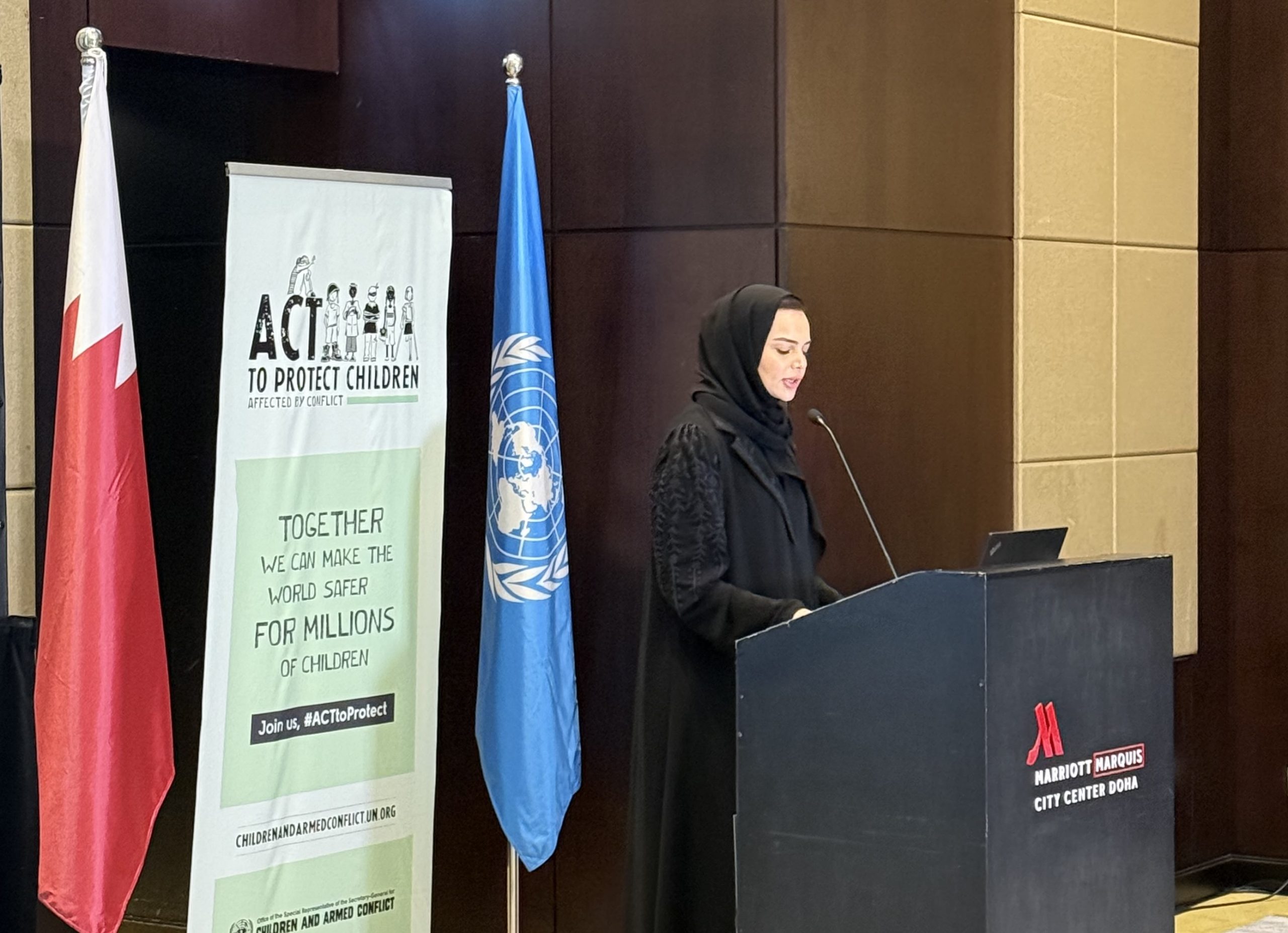
The World Health Organisation (WHO) has released data suggesting that Doha’s air is some of the most polluted in the world.
The new “Ambient (outdoor) air pollution in cities database 2014” examined air pollution levels in 1,600 cities in 91 countries.
It concluded that Doha had the 12th highest average levels (93 ug/m3) of PM2.5 – small and fine particles, which are particularly dangerous to health. Al Wakrah (85 ug/m3) ranked 25th on the same list.
According to WHO, Delhi has the highest level of all, at 153 ug/m3, with another Indian city, Patna, ranking second with 149 ug/m3. Ten more of the top 15 cities are also in India, which has disputed the results.
By comparison, the annual average for London is 8 ug/m3.
PM2.5 particles can penetrate the respiratory tract, and increase risk of respiratory infections lung cancer, heart disease and stroke.
According to the US Environment Protection Agency, these particles – which you often cannot see with the naked eye – are made up of heavy metals and toxic organic compounds, and their sources are usually car exhausts, smelting plants and the burning of organic materials.
Qatar has seen pollution increase over the past several years, with one government report citing the sand and dust created by the manufacturing industry and the soaring number of construction projects, as well as increasing road congestion, as the main issues.
Doha is the only city from the Gulf to rank inside the top 20 for PM2.5 particles, although it should be noted that not all cities – including prominent neighbor Dubai – have released their data to WHO, thus excluding themselves from the list.
Only one city in Saudi Arabia – Jeddah – is listed on the database, with a PM2.5 average of 28. However, the kingdom has previously been ranked as one of the biggest polluters based on its carbon dioxide, ozone-depleting emissions.
And despite visible dense smog at certain times of year, no Chinese cities ranked inside the top 20 for PM2.5 particles. Beijing, for example, reported an annual average of 56.
Larger particles
WHO’s report also details PM10 pollution – bigger particles, which apparently cause fewer health problems. Sources include smoke, dirt and dust.
Doha ranked just outside the top 30 on the PM10 scale. Average annual PM10 pollution across Doha and Al Wakrah was 165 ug/m3 – just slightly more than the UAE’s overall average levels of 160.
Breaking the figures down further, Abu Dhabi (170 ug/m3), the UAE’s capital, had a higher annual level of PM10 than Doha (168 ug/m3.)
Some areas of Bahrain also have extremely high levels of PM10 pollution, with Hamad Town topping the list at 318 ug/m3 – making it the sixth most polluted city for PM10 in the world. However, Bahrain registered significantly lower levels of PM2.5, putting it lower overall on the list of polluting countries.
The data used by WHO for Qatar was sourced from the Supreme Council of Health and International Health Relations, and relates to 2012.
In its summary, WHO suggests ways to improve pollution levels, including more energy efficient housing, more public transportation, road designs that incorporate room for cyclists and pedestrians, and better waste management and recycling.
Here’s a summary of the full database results:
Thoughts?







